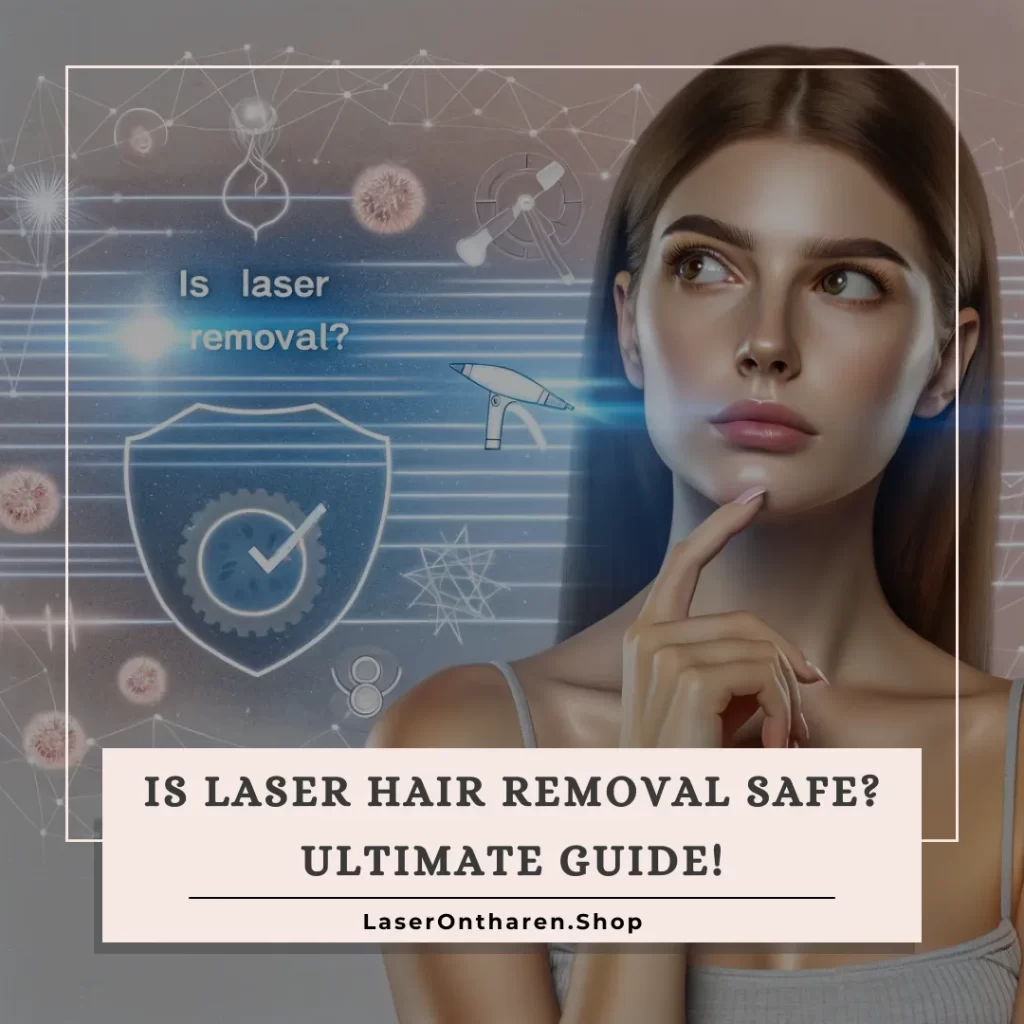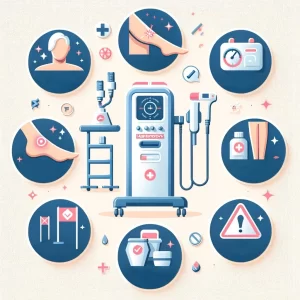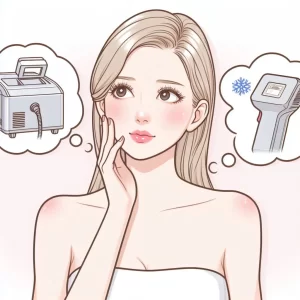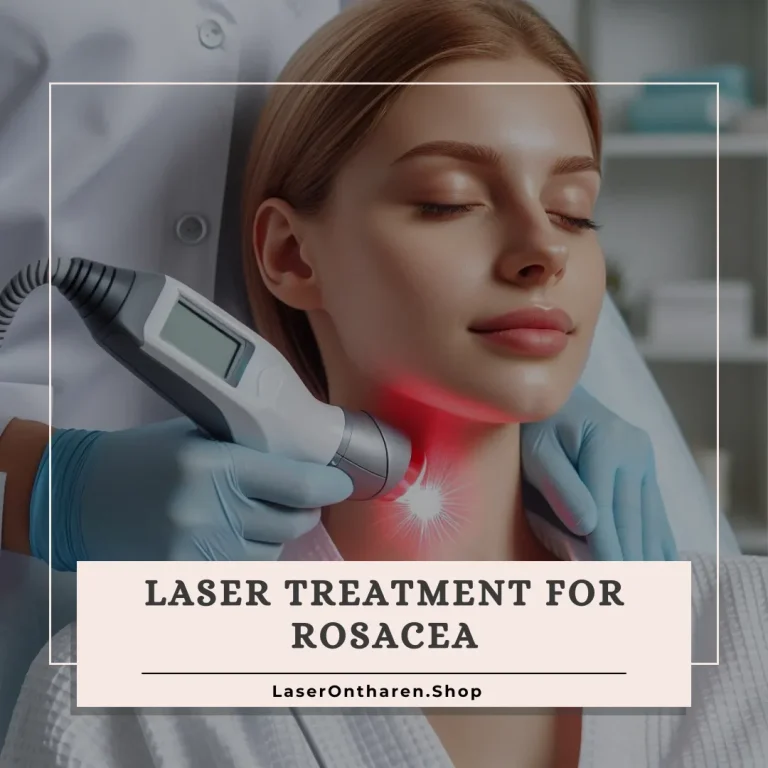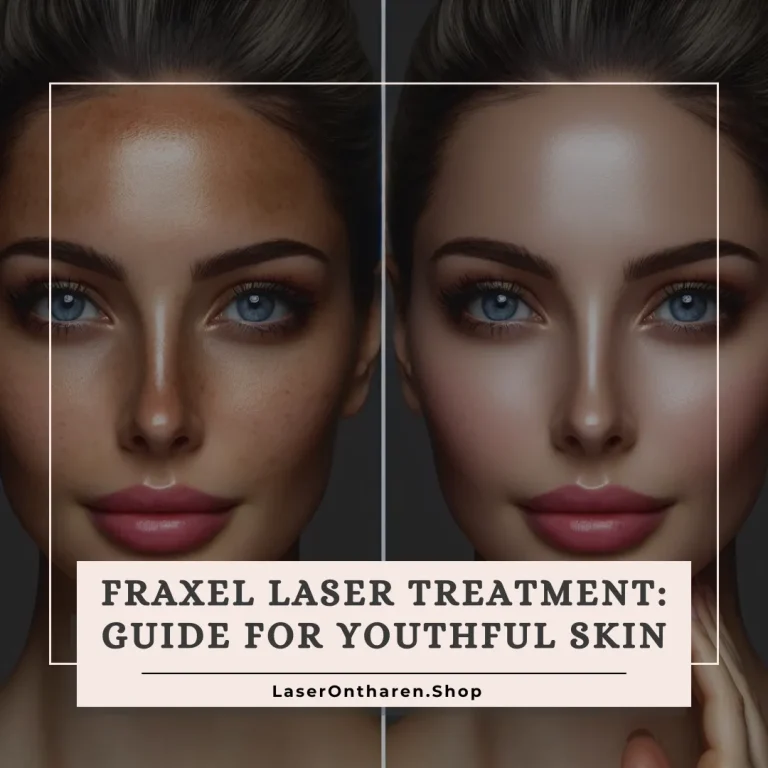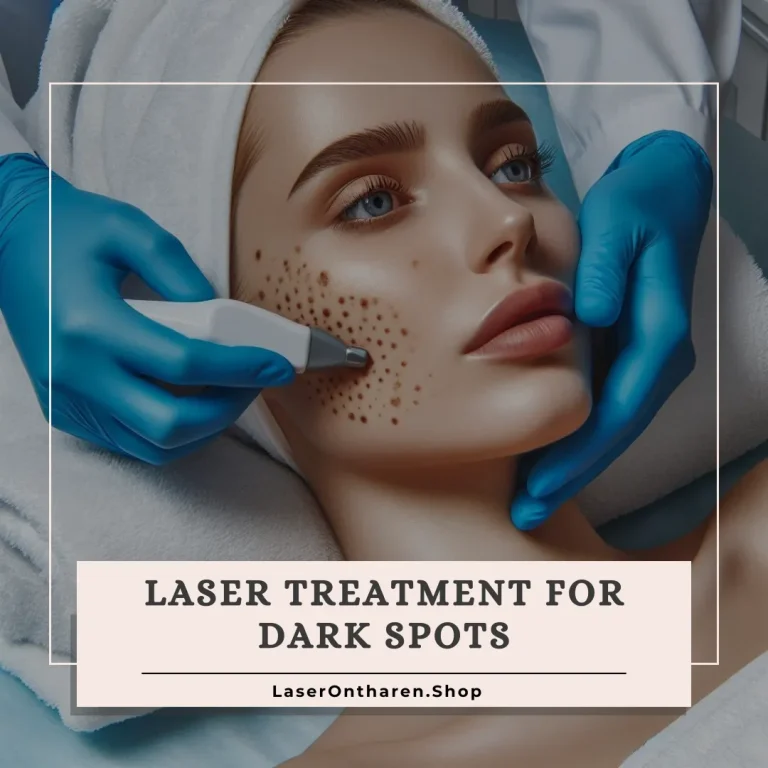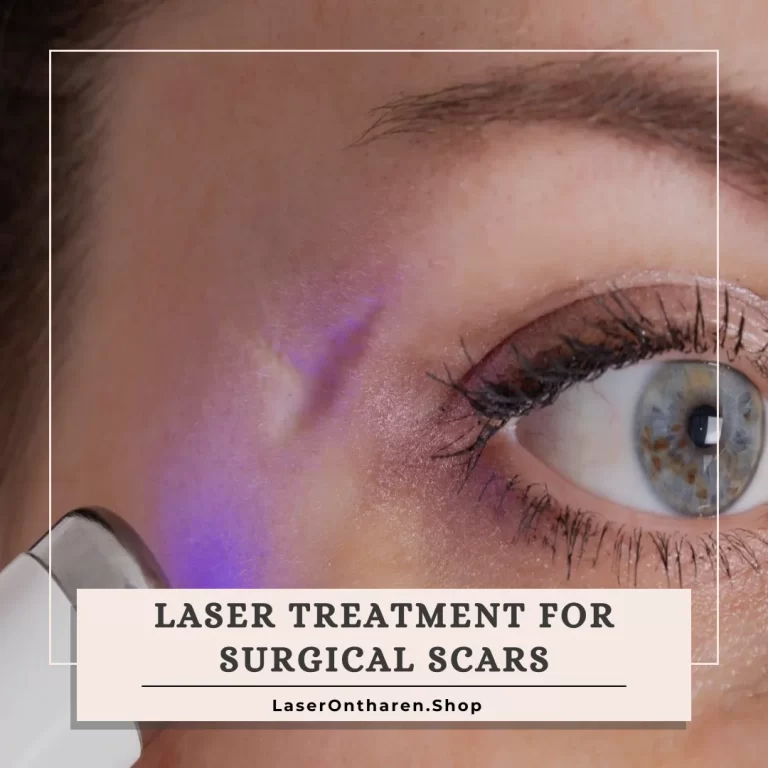Laser hair removal has emerged as a front-runner in the quest for smooth, hair-free skin.
With its promise of permanent hair reduction, it’s no wonder why many have turned to this technology to address unwanted hair.
However,
the question of safety, particularly when it comes to sensitive areas like the face, often looms large.
This article aims to delve deep into the safety of laser hair removal, shedding light on common concerns and equipping you with the knowledge you need to make an informed decision.
Understanding Laser Hair Removal
At its core, laser hair removal uses concentrated beams of light to target and destroy hair follicles, thereby reducing hair growth without harming the surrounding skin.
The effectiveness of the procedure is heavily influenced by the contrast between the color of the hair and the skin, with the best results typically seen in individuals with light skin and dark hair.
This is because the laser targets the melanin (pigment) in the hair, which absorbs the light and converts it into heat, damaging the follicle.
However, advancements in technology have broadened the spectrum of who can benefit from laser hair removal.
Devices with different wavelengths can now accommodate a wider range of skin and hair types, although the treatment’s efficacy and safety may vary.
A critical factor in the success and safety of laser hair removal is the skill and expertise of the practitioner.
Whether it’s being performed on the body or more delicate facial areas, the procedure requires precision and understanding of the technology used.
Furthermore, a consultation prior to treatment can help identify any potential risks and ensure that the procedure is tailored to meet your specific needs.
Laser Hair Removal Safety Measures
Ensuring a safe and effective laser hair removal experience hinges on several crucial precautions, starting from the initial consultation to the aftercare process.
Here’s a detailed look at each step:
Consultation: The foundation of a safe laser hair removal process begins with a thorough consultation.
This meeting with a certified dermatologist or laser treatment specialist is your opportunity to discuss your medical history, skin type, and any previous reactions to skin treatments or medications.
It’s also the perfect time to ask questions and set realistic expectations.
A professional can assess your suitability for the treatment, considering factors like skin color, hair texture, and the treatment area.
They can also advise on the number of sessions needed to achieve desired results, based on their expertise and experience.
Patch Test: A patch test is an essential step before undergoing full treatment.
This test involves targeting a small area of your skin with the laser to determine how your skin reacts to the treatment.
It’s a precautionary measure to ensure the chosen laser settings are suitable for your skin type, minimizing the risk of adverse reactions.
If the skin responds well, you can proceed with confidence.
Follow Pre-Treatment Instructions: Preparing your skin according to the instructions provided by your practitioner is crucial for minimizing potential side effects.
This preparation often involves avoiding sun exposure and tanning treatments for a specified period before the treatment, as tanned skin can increase the risk of side effects such as pigmentation changes.
Additionally,
you might be advised to steer clear of certain skincare products that could sensitize your skin to the laser, such as those containing retinol or alpha hydroxy acids (AHAs).
Choose the Right Practitioner: The importance of selecting a qualified, certified, and experienced professional cannot be overstated.
The skill and expertise of the practitioner play a significant role in the safety and success of the treatment.
Research their credentials, read reviews from previous clients, and consider their experience specifically with laser hair removal.
Many practitioners will have before-and-after photos or testimonials that can give you insight into their capabilities.
Aftercare: Proper aftercare is essential for healing and achieving the best results.
This might include applying ice packs to alleviate any discomfort or swelling and avoiding sun exposure to prevent pigmentation changes.
Your practitioner will recommend specific skincare products to use post-treatment, designed to soothe and protect the skin as it heals.
It’s also important to strictly follow any additional instructions provided by your specialist, such as avoiding hot showers or exercise for a short period after treatment, to ensure your skin recovers optimally.
By adhering to these safety measures, you can greatly enhance the efficacy of your laser hair removal treatment while minimizing the risk of side effects.
Always remember, the key to a successful outcome lies in careful preparation, choosing the right professional, and following expert advice before and after your sessions.
Is Laser Hair Removal Safe for the Face?
Facial skin is notably delicate and often more exposed to external factors than other parts of the body, making the prospect of laser hair removal on the face a concern for many.
However, with the right approach, laser hair removal can be both safe and effective for facial areas, including the upper lip, chin, and sideburns.
Key to ensuring safety is the choice of laser and the customization of treatment parameters according to skin type, hair color, and hair thickness.
For facial treatments, practitioners often use lasers with shorter wavelengths, which are more precise and less likely to affect surrounding tissue.
Additionally,
cooling devices or gels are commonly applied to protect the skin and minimize discomfort during the procedure.
It’s also vital for individuals considering facial laser hair removal to seek treatment from experienced, certified professionals.
These experts can evaluate your skin and hair characteristics, recommend the most suitable type of laser, and adjust treatment settings for optimal safety and effectiveness.
Laser Hair Removal Side Effects
While laser hair removal is generally safe, some individuals may experience side effects, which are typically temporary and mild.
Common side effects include:
- Redness and Irritation: Similar to a mild sunburn, these symptoms can occur immediately after treatment but usually subside within a few hours to a couple of days.
- Pigmentation Changes: The treated area may lighten or darken, especially in people with darker skin. These changes are usually temporary but can be minimized by avoiding sun exposure before and after treatment.
- Swelling: Minor swelling around the hair follicles is possible but should decrease within a few days.
Rare but more severe side effects can include blistering, scarring, or changes in skin texture.
These are more likely when treatments are performed by inexperienced practitioners or when aftercare instructions are not followed.
Conclusion
Laser hair removal can be a safe and effective option for those looking to reduce facial and body hair, provided that treatments are carried out with care and precision.
By understanding the procedure, being aware of potential side effects, and taking appropriate safety measures, individuals can enjoy the benefits of laser hair removal with peace of mind.
If you’re considering laser hair removal, we encourage you to take the next step and schedule a consultation with a certified dermatologist or laser specialist.
They can provide personalized advice and ensure that your treatment plan is safe, effective, and tailored to your needs.
